Luxembourg – the only Grand Duchy in the world – is a small country with an incredible history. Though often overshadowed by larger countries, Luxembourg truly has something special to offer!
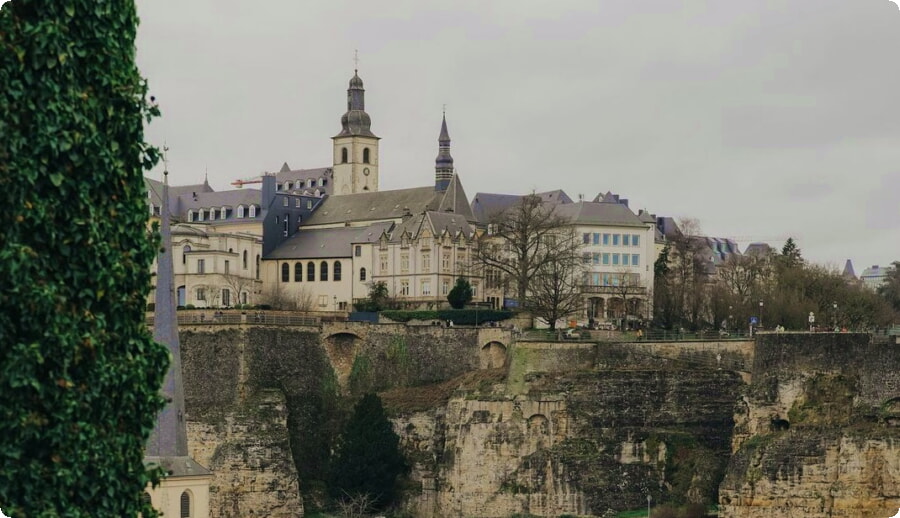
There’s plenty to explore in this small country, from visiting its most iconic sights to hiking through forests. To help you plan your next vacation to this idyllic locale, we’ve rounded up the best attractions that this small nation has to offer – so go ahead and plan ahead!
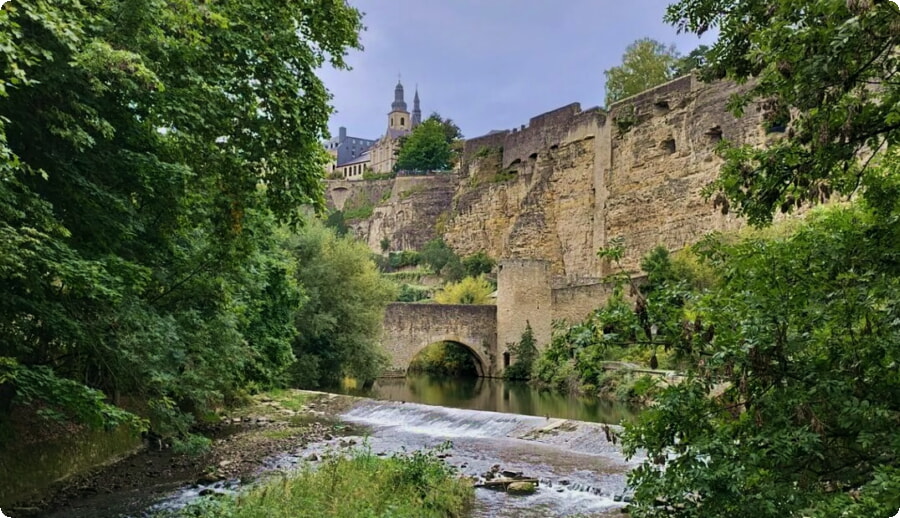
The Grund
The Grund is a charming historical district located in Luxembourg City’s center that exudes calm and serenity. With cobbled streets, quaint restaurants, and breathtaking landscape, The Grund should not be missed when visiting this vibrant city.
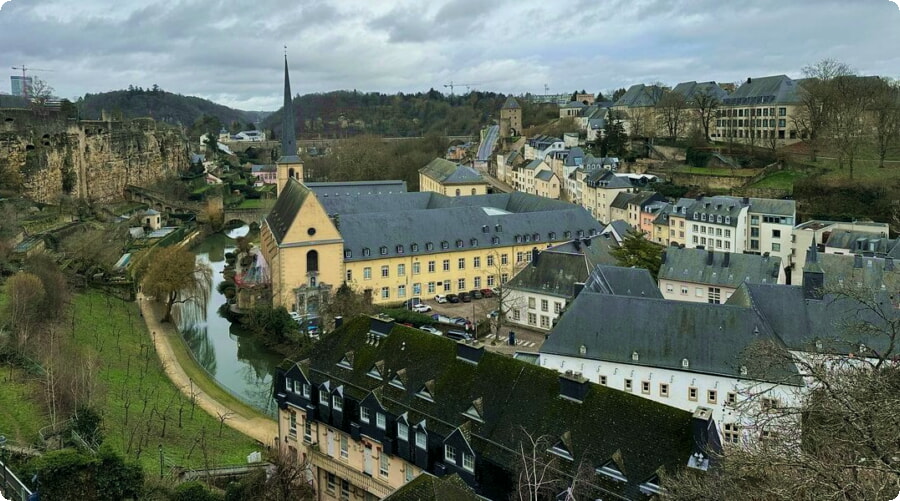
One of the most renowned landmarks in this area is the Monument of Remembrance, which pays homage to those who have struggled for freedom and resistance throughout Luxembourg’s history. Crafted out of black granite, this obelisk bears the names of soldiers who died during World Wars I and II as well as members of Luxembourgish resistance movements during World War II.
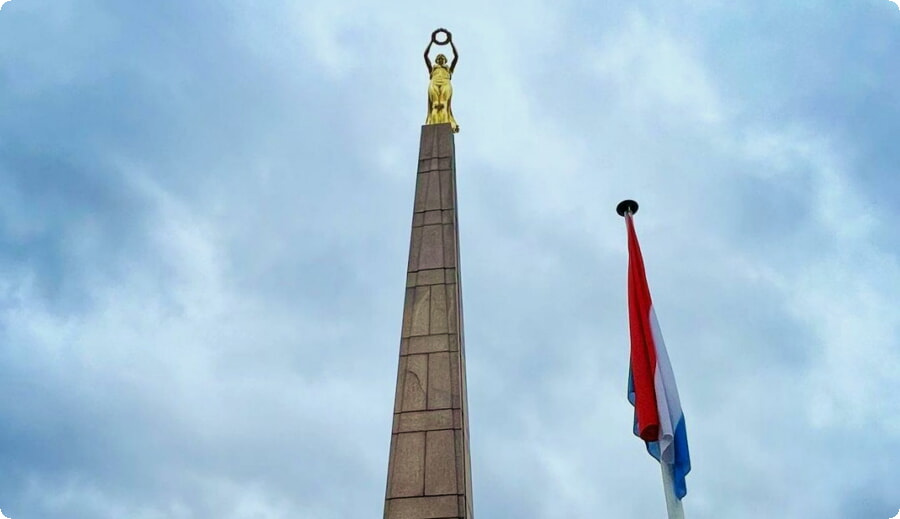
Another must-see attraction in this area is the Passerelle Viaduct, also known as “Luxembourg Viaduct.” This viaduct connects the city center with railway station and towers 45 meters above Petrusse Valley floor. The view from this vantage point is truly spectacular in the evening when all of its lights come on.
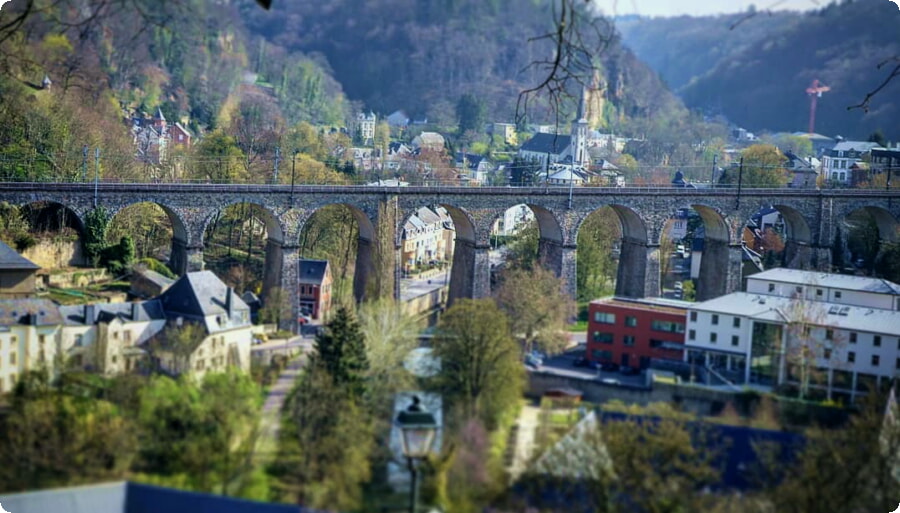
If you’re a fan of modern art, the Museum of Modern Art (MUDAM) is sure to impress. Situated atop the Kirchberg Plateau in Germany, this striking building houses an impressive collection of works by renowned artists like Andy Warhol and Nauman.
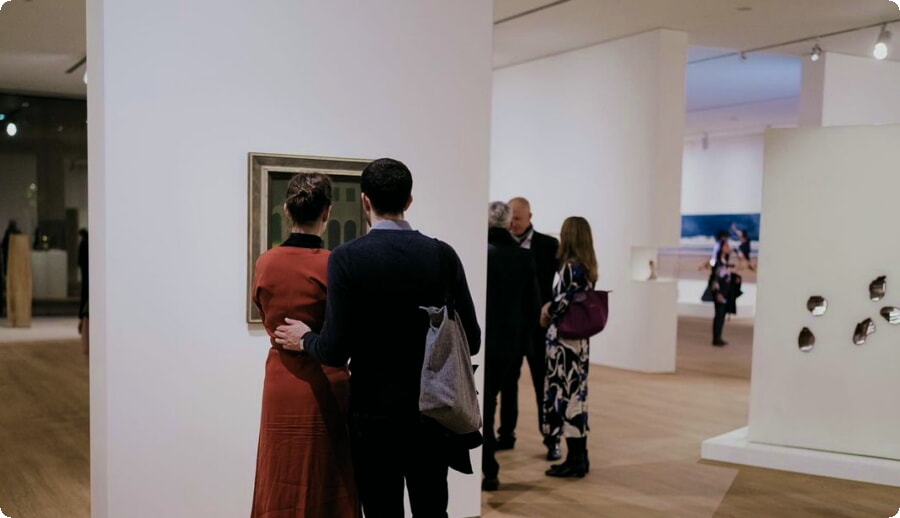
The MUDAM is open daily, making it worth visiting both during the day and evening to take in its impressive collections of artworks. Plus, special events take place throughout the year at this wonderful museum!
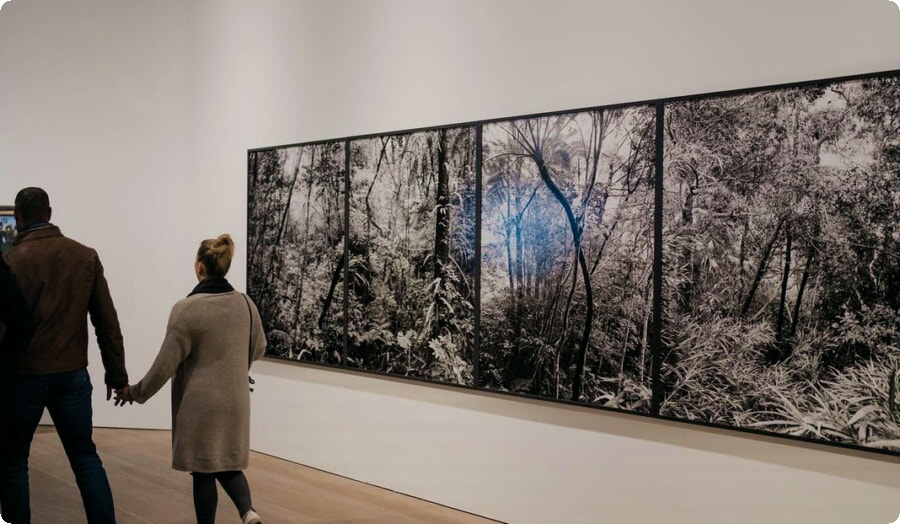
At day, there are plenty of cafes to grab a coffee, snack or just relax. Many remain open late into the evening so it’s an ideal opportunity to experience local culture and connect with other travelers.
It is also worth visiting the Musee de la Ville (city hall) in Grund, which features collections of local and European art and artifacts. Admission to this free museum provides a fascinating insight into the city’s past; plus, visitors are welcomed to take selfies!
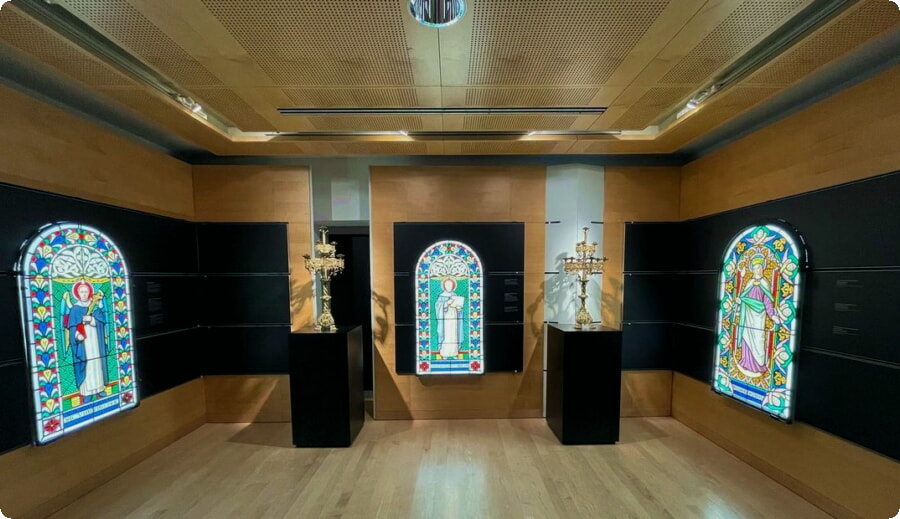
The Grund is a tranquil and relaxing destination to stroll around in both summer and winter. Surrounded by trees, stone buildings, and ancient bridges along the Alzette River you can take in stunning views of Upper Town’s green heights or explore its historic details up close.
The Old Quarter
The Old Quarter (or Grund) of Luxembourg City is one of Europe’s most captivating tourist destinations. Situated along a steep rocky outcrop at the confluence of Alzette and Petrusse rivers, this UNESCO World Heritage Site offers breathtaking panoramas to its visitors. It is the prime example of how medieval towns and fortifications evolved in response to evolving military technology and tactics. The Grund is encircled by a network of gates, bastions, forts and redoubts as well as several kilometers worth of casemates or tunnels.
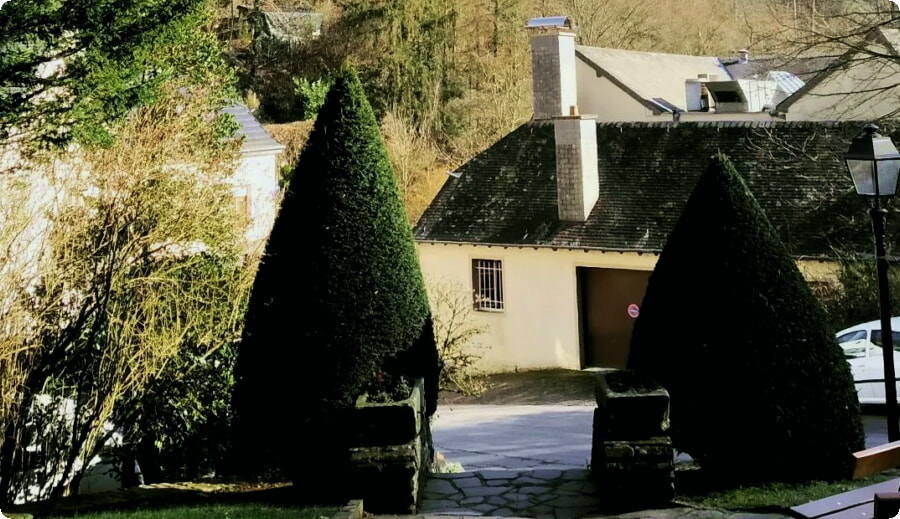
Visiting Luxembourg’s fortifications is a must-do when in town and provides visitors with an insight into how this vibrant city has managed to withstand numerous invasions from European empires over the centuries. Nicknamed “Gibraltar of the North,” these impressive structures were designed and constructed by Sebastian Vauban and are now popular tourist attractions.
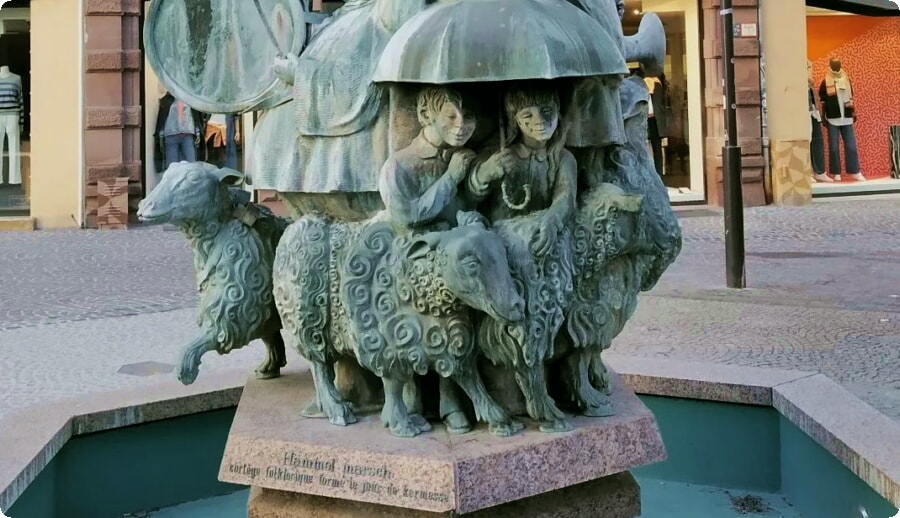
In the Old Quarter, you can enjoy a stroll around the ramparts for some stunning views of the city. Additionally, visit Bock Casemates – underground passageways once used for storage and living quarters – a network of underground passages once used as part of an ancient network.
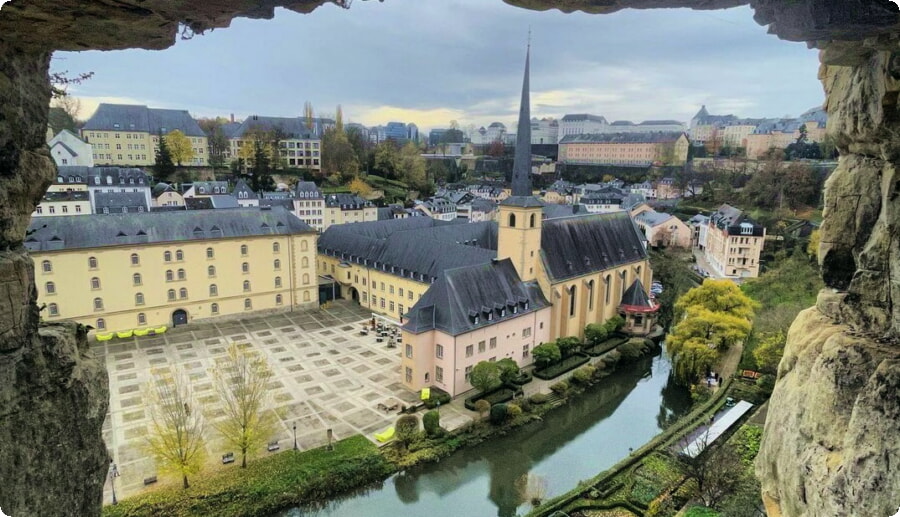
When exploring museums in the Old Quarter, a must-visit is the National Museum of History and Art (MNHA). Here you’ll find an incredible collection of artifacts, archeological finds, and furniture from different periods throughout history.
Another popular landmark in the Old Quarter is Cathedrale Notre Dame, a grand place of Christian worship that has been an iconic feature since construction began in 1613. This church features both Gothic tower and spire as well as Renaissance-era designs added later.
For a more active experience, the city offers plenty of parks and outdoor areas to explore. Being small enough for easy travel by foot, taking a boat tour down the Alzette River can also provide stunning scenery.
The Palais Grand Ducal
When visiting Luxembourg, visitors must not miss the Grand Ducal Palace – an iconic landmark dating back to 1572 and serving as the official residence of the Grand Duke. Open for visitors during summer hours, this breathtaking building allows everyone to take a tour inside its magnificent interior. The Palace serves as the seat of government for the Grand Duchy and serves as where the Grand Duke performs most of his duties as head of state. You can explore this historic building by booking a tour through Luxembourg City Tourist Office.
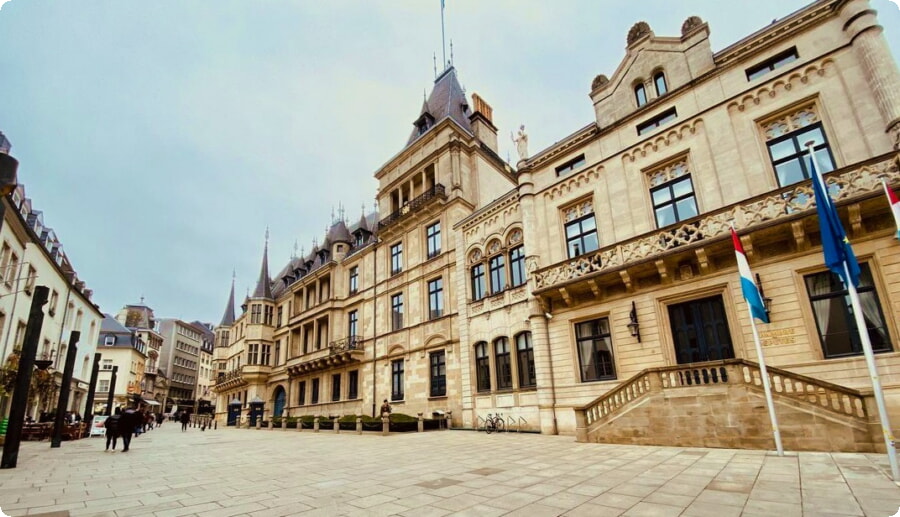
This majestic structure has undergone many renovations and transformations over the centuries, but it still displays some of Belgium’s finest Flemish Renaissance architecture. Additionally, it serves as a venue for numerous governmental ceremonies and royal receptions. Visitors to Luxembourg must not miss this iconic building, which serves as a great showcase of both Luxembourg’s and Grand Duchy’s history. It certainly won’t disappoint visitors!
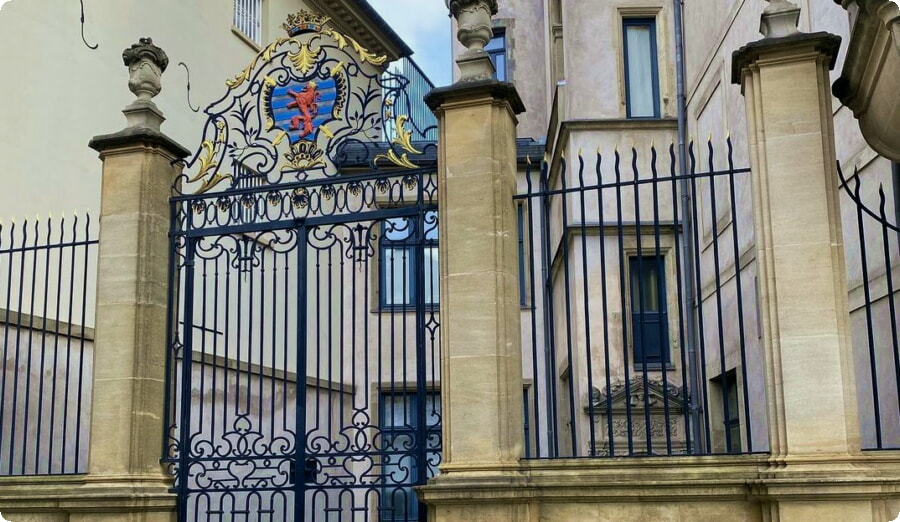
Since the 16th century, this Palace has been home to a variety of people. It served as both a town hall and governor’s office. In 1883, renovations were made in preparation for Grand Duke William III and his wife Queen Emma of the Netherlands (who also held the Grand Duchesses of Luxembourg). As the House of Nassau took power in Luxembourg in 1890, Grand Duke Adolphe embarked on a major renovation of the palace, making it his exclusive residence and creating an additional wing within its courtyard that houses guest accommodations and private apartments for him and his family. During Germany’s occupation of Luxembourg during World War II, the Palace was converted into a concert hall and Schlossschenke (tavern). Furniture, jewellery and artwork were looted from inside but eventually restored in later years.
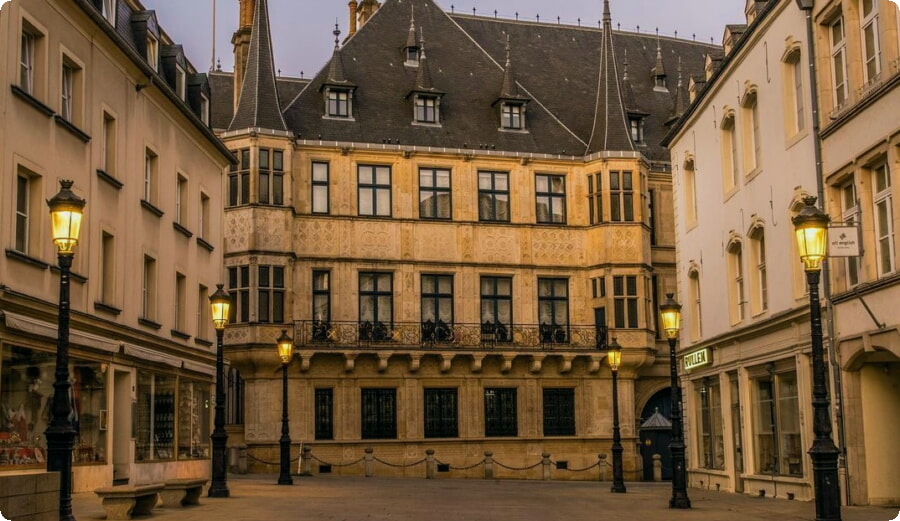
Bourscheid Castle
Bourscheid Castle is a must-see during any trip to Luxembourg. These fairytale-like ruins loom over the countryside surrounding Bourscheid, looking down from an elevated rocky peak 137 meters above the Sure River. This castle, dating from the 10th century, has been lovingly restored to its original state. It’s open to the public and can be visited for a small fee. Surrounded by lush forest, you’ll be delighted by your view from its towers.
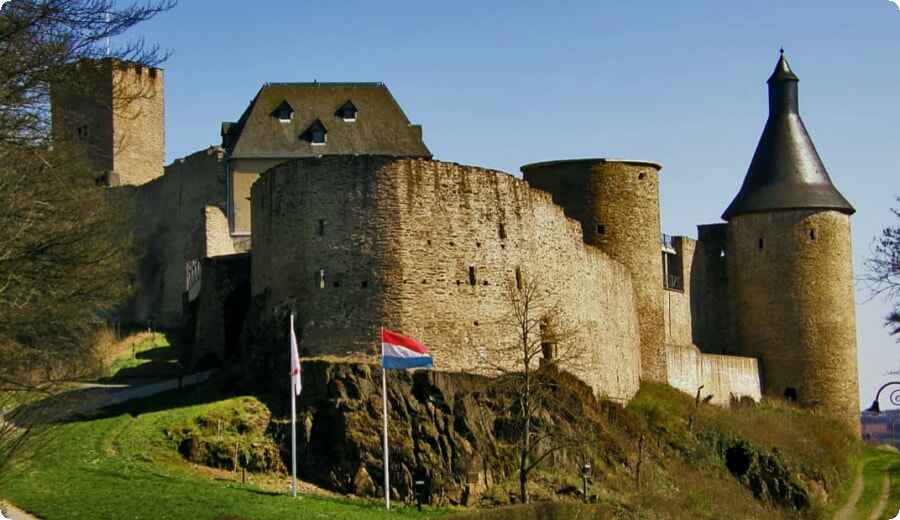
You should allow around 1-2 hours to explore this castle, which includes Stolzemburger House – a Gothic manor house – as well as the main castle itself. Tickets are available in six languages including English, and admission is complimentary for children under six years old.
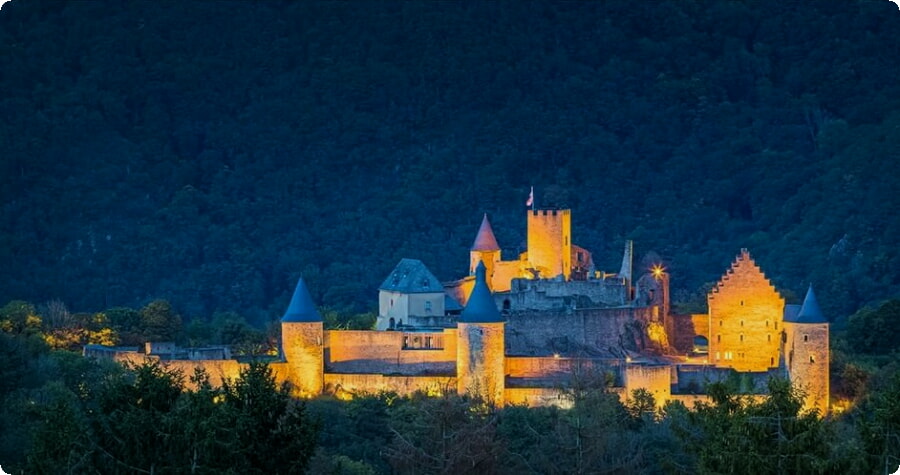
Another must-visit attraction in the area is Clervaux Abbey. Situated to the north of Luxembourg, this picturesque abbey boasts three museums (Museum of the Battle of the Bulge, Museum of Models of Luxembourg Castles and photographic exhibition The Family of Man), plus a castle, impressive monastery and stunning gardens.
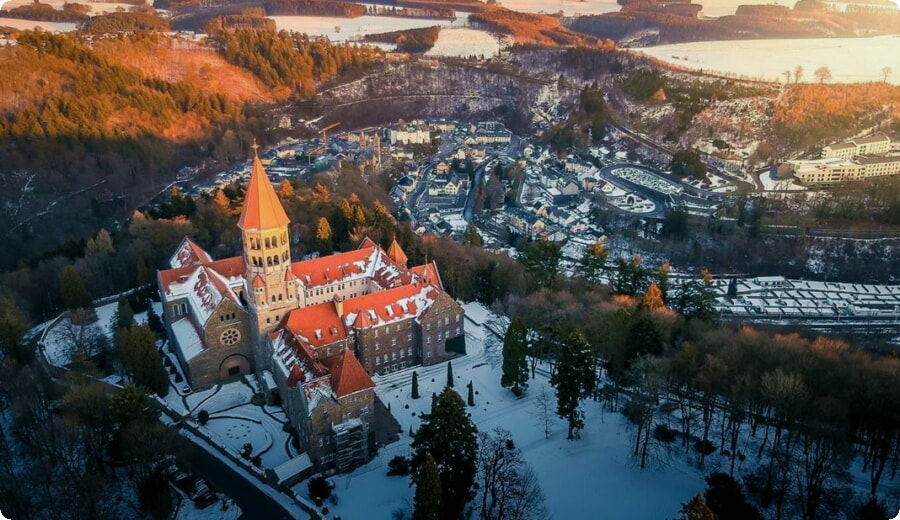
Bourscheid Castle, situated in the northeastern part of Luxembourg, is only 30 minutes away from Vianden and one of the best castles to visit if you’re fascinated with local history. Evidence suggests it was first constructed during Roman times and six Gothic towers were added during the 14th and 15th centuries. This castle was the largest and most renowned in the region until it was destroyed by French revolutionary troops in 1794. Remodeled in the early 16th century with an outer bailey featuring a formidable artillery bastion as well as four towers flanking it, this fortress enjoyed unparalleled glory for centuries to come.
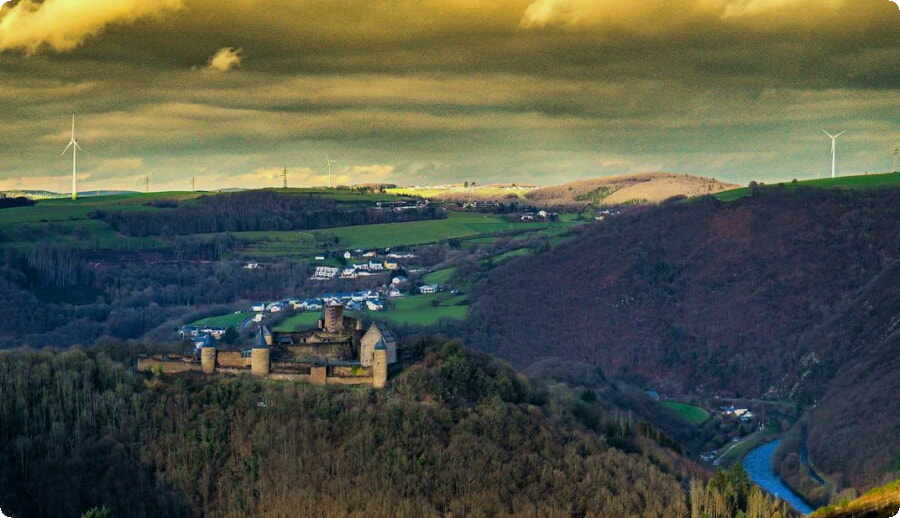
After the last lord of Bourscheid passed away in 1512, his heirs created three distinct dwellings on the grounds: Metternich family in the old palace and keep, Zant von Merl family in lower part of upper castle and Ahr family within Stolzemburger House.
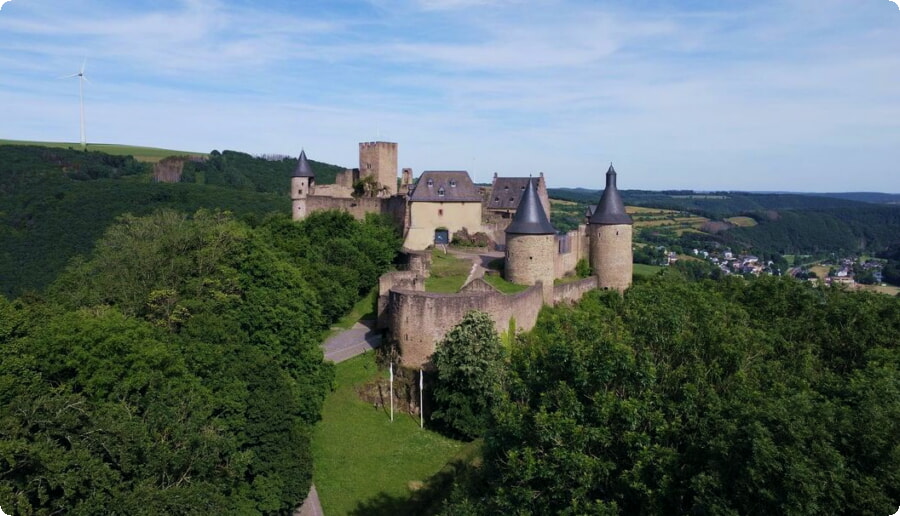
As a former feudal domain, Bourscheid Castle was fortified with an extensive network of fortifications, such as its access gate guarded by palisades and formidable artillery bastion. In the 16th century, a drawbridge was added to its main entrance; thus making its lords famous as some of the region’s most chivalric.
